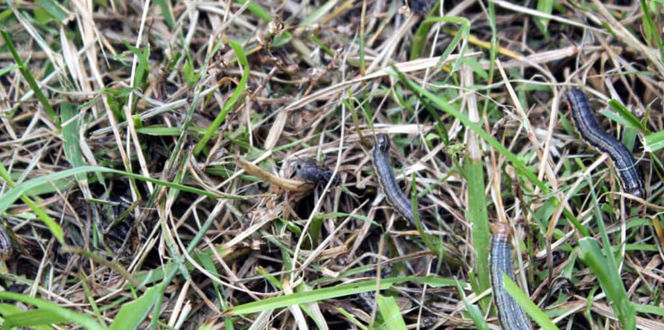Snow Mold Description:
Pink snow mold is a fungal disease that creates patches of dense, whitish-pink grass blades in winter and spring.
Hosts:
Annual bluegrass and bentgrasses are most commonly affected by pink snow mold. Kentucky bluegrass and ryegrass are susceptible, but tend to be less severely damaged.
Biology & Symptoms:
The pink snow mold fungus is active during periods of high humidity when temperatures are 32°F to 60°F. Lack of nutrients in the turf and excessive layers of dead grass called thatch encourage development. The fungus grows throughout early winter and spring, and can be present with or without snow cover. Affected lawns become slimy and matted and are invaded with brown patches and whitish-pink mold growth.
How to Treat Snow Mold in Lawns:
There are a number of ways to manage pink snow mold, beginning with raking affected areas of turf. The mold seldom attacks grassroots, therefore, raking out stems of matted grass and reseeding the lawn will encourage new healthy growth. In addition, decreasing soil compaction and improving drainage will help reduce the disease. Talk to a landscape professional about the best practices for maintaining your soil. Common methods are removing excessive thatch from the grass in the fall, or aerating the soil to allow for better flow of water and nutrients throughout the roots. Your arborist or landscape professional may recommend testing affected turf to confirm if pink snow mold is affecting your lawn. Typically, proper care will quickly restore lawn health, eliminating the need for fungicide treatment.





